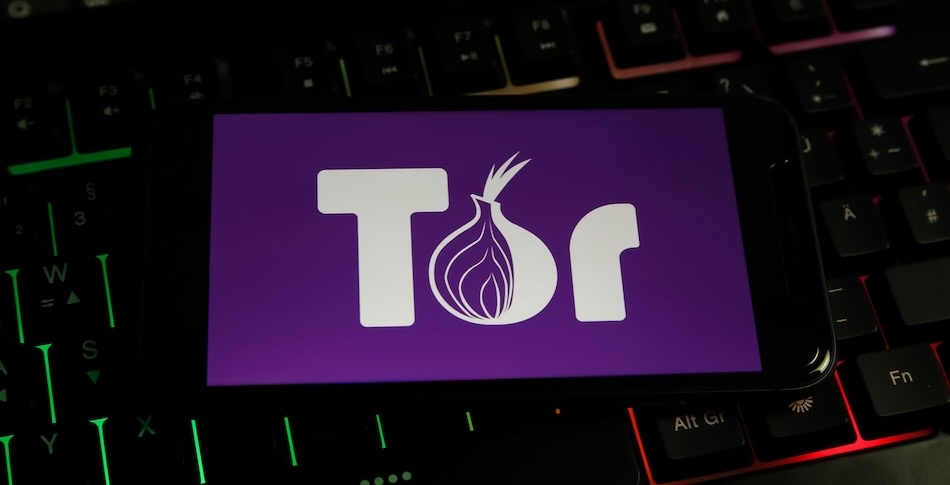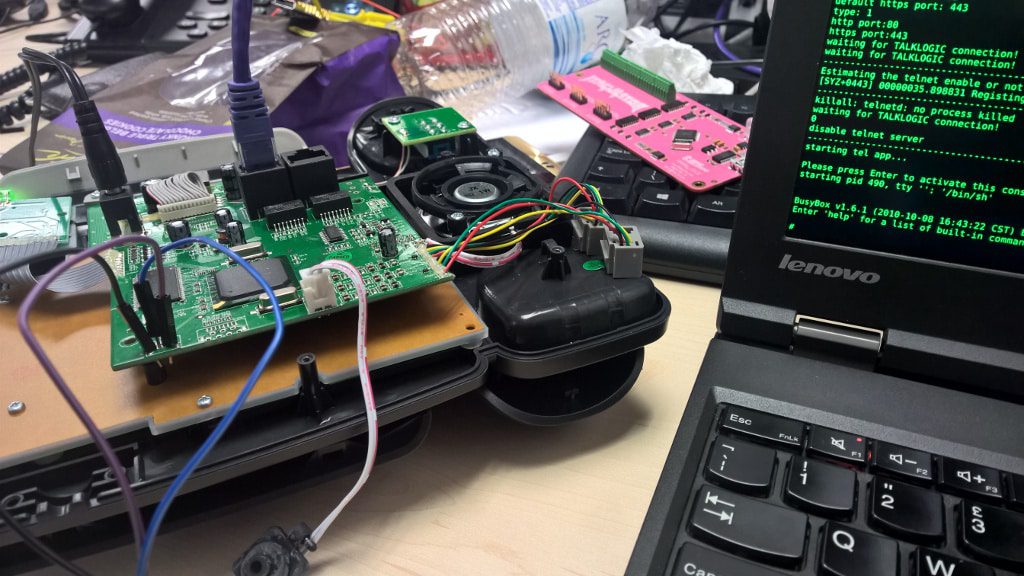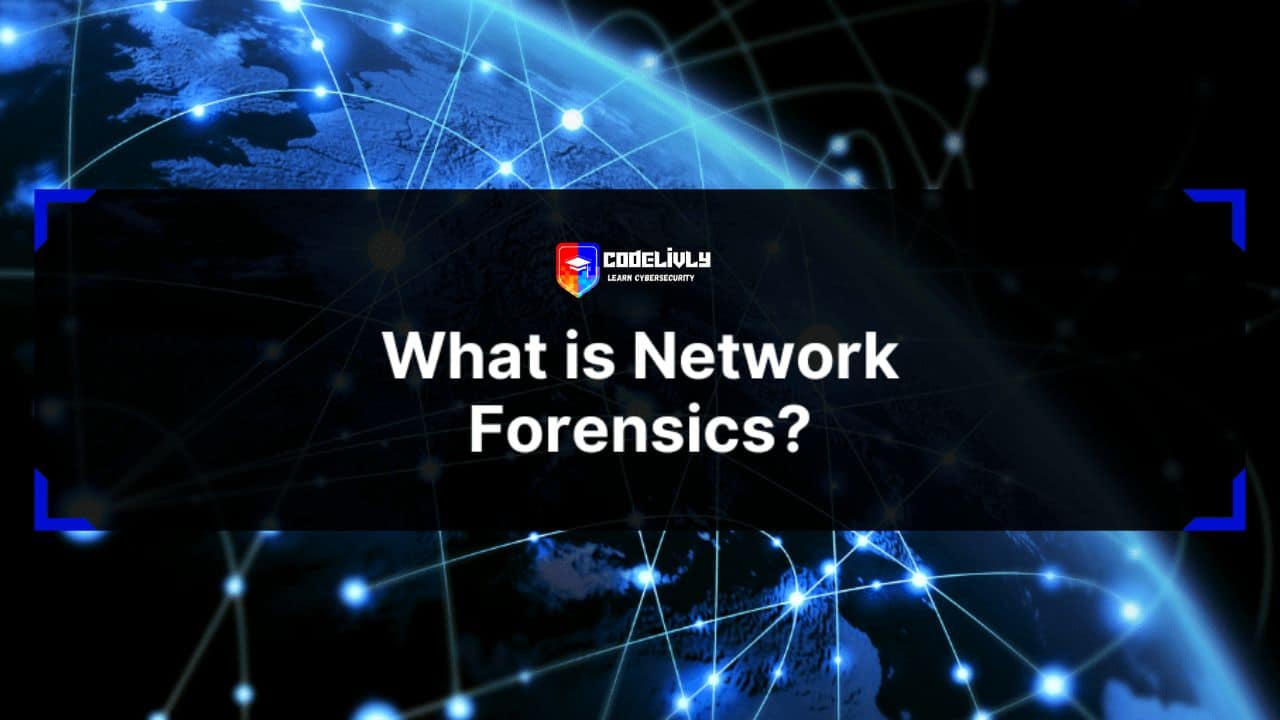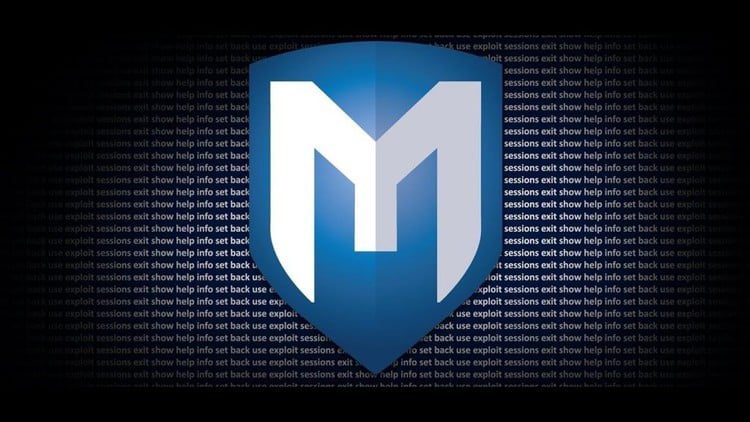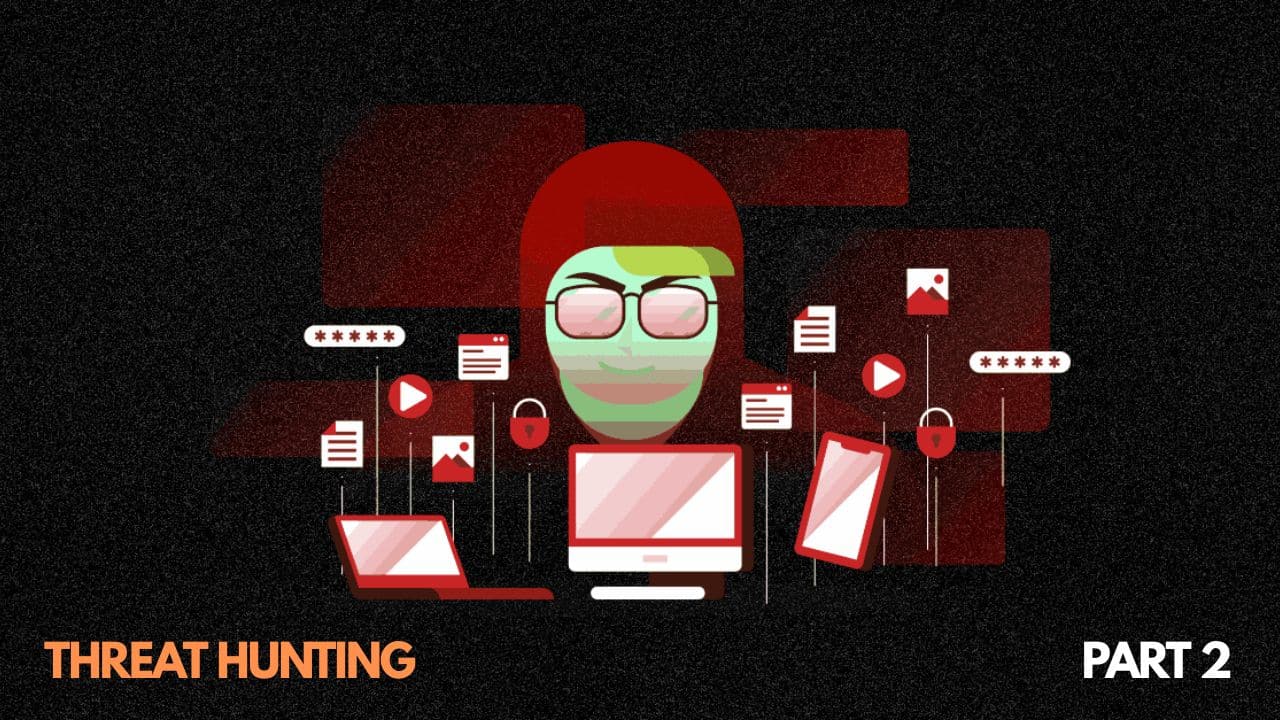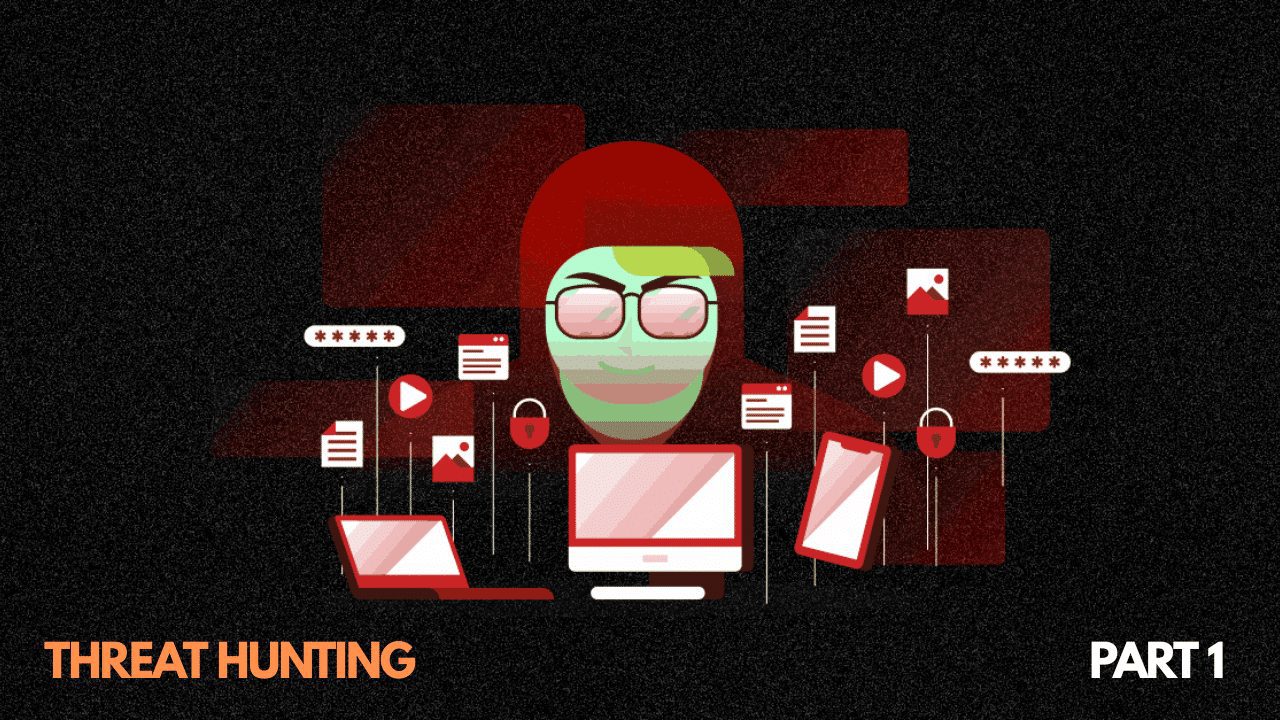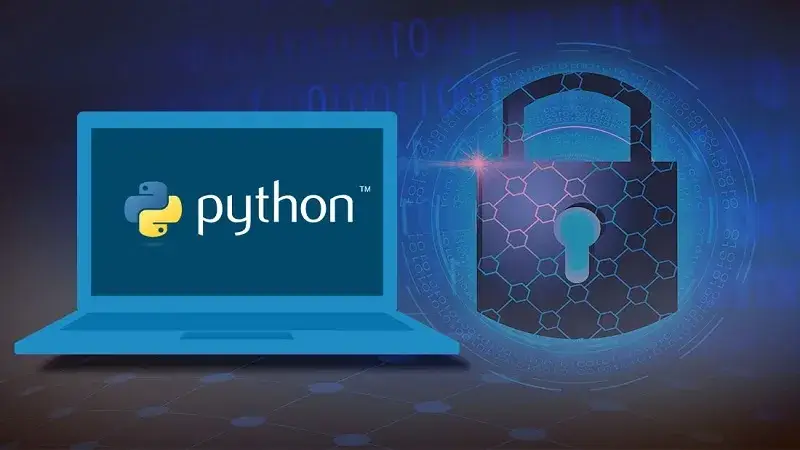The term “ethical hacker” might seem like an oxymoron—sort of like an ethical
pickpocket or ethical embezzler. In this chapter, you learn that ethical hackers are
employed or contracted by a company to do what illegal hackers do: break in. Why?
Companies need to know what, if any, parts of their security infrastructure are
vulnerable to attack. To protect a company’s network, many security professionals
recognize that knowing what tools the bad guys use and how they think enables them
to better protect (harden) a network’s security.
Remember the old adage: You’re only as secure as your weakest link. The bad guys
spend a lot of time and energy trying to find weak links. This book provides the tools
you need to protect a network and shares some approaches an ethical hacker—also
called a “security tester” or a “penetration tester”—might use to discover
vulnerabilities in a network. It’s by no means a definitive book on ethical hacking.
Rather, it gives you a good overview of a security tester’s role and includes activities
to help you develop the skills you need to protect a network from attack. This book
helps you understand how to protect a network when you discover the methods the
bad guys (hackers) or the good guys (ethical hackers) use to break into a network. It
also helps you select the most appropriate tools to make your job easier.
Understanding what laws can affect you when performing your job as a security tester
is important, especially if you use the testing methods outlined in this book. Also,
understanding the importance of having a contractual agreement with a client before
performing any aspects of a security test might help you avoid breaking the law.
Introduction to Ethical Hacking
Ethical Hacking as a practice includes assessing and finding the cracks in a digital system that a malicious hacker can take advantage of. These cracks assist the malicious hacker in providing an effortless way to enter and harm the system or reputation of the hacking victim. Thus, a certified ethical hacker will solidify the present security levels while finding any loopholes that may be exploited. Hacking professionals must keep ethics in mind and provide desired cyber security to individuals, firms, or governments from the threat of malicious hacking and security breaches. Besides, ethical Hacking is done with the consent of the concerned clients to enhance the safety of their online presence.
Companies sometimes hire ethical hackers to conduct penetration tests. In a penetration test, an ethical hacker attempts to break into a company’s network to find the
weakest link in the network or a network system. In a security test, testers do more
than attempt to break in; they also analyze a company’s security policy and procedures and report any vulnerabilities to management. Security testing, in other
words, takes penetration testing to a higher level. As Peter Herzog states in the
Open Source Security Testing Methodology Manual, “[Security testing] relies on a
combination of creativeness, expansion [of] knowledge bases of best practices, legal
issues, and client industry regulations as well as known threats and the breadth of
the target organization’s security presence (or point of risk).”
These issues are just some of the ones security testers must examine. In doing so,
they alert companies to the areas that need to be monitored or secured. As a security
tester, you can’t make a network impenetrable. The only way to do that is to unplug
the network cable. When you discover vulnerabilities (“holes”) in a network, you can
spend time correcting them. This process might entail tasks such as updating an
operating system (OS) or installing the vendor’s latest security patch.
If your job is a penetration tester, you simply report your findings to the company.
Then it’s up to the company to make the final decision on how to use the information you have supplied. However, as a security tester, you might also be required to
offer solutions for securing or protecting the network. This book is written with the
assumption that you’re working toward becoming a network security professional in
charge of protecting a corporate network, so the emphasis is on using a security tester’s skills to secure or protect a network.
In this series, you learn how to find vulnerabilities in a network and correct them. A
security tester’s job is to document all vulnerabilities and alert management and IT
staff of areas that need special attention
What are The Key Concepts of Ethical Hacking?
The key concepts of ethical hacking are what distinguishes it from other forms of hacking practices. Before beginning with the “types of hackers” and the process followed, getting an ethical hacking overview of the key concepts is imperative.
- Legality – Before beginning the process of ethical hacking, hackers should get due permission and legal approval (a MUST do).
- Scope – Ethical hacking can be extensive or shallow depending upon the client’s requirement. Understanding this scope is important before starting the task.
- Report – Once the process of hacking is complete, all the vulnerabilities or security issues should be duly reported to the concerned teams.
- Data Privacy – Ethical hackers often come across data and sensitive information and, therefore, may require signing a contract before they begin working.
What are the types of Hacking?
There are different ways in which a system can be hacked –
1. Computer Hacking or System Hacking – This kind of hacking entails gaining unauthorized access to specific computer systems or networks’ machines. This frequently occurs when a single target is the intended victim or when data theft from a computer network is the goal. Ethical hackers’ task is to attempt to hack into systems and find their weak areas.
2. Network Hacking or Wireless Network Hacking – Wireless Hacking is the process of stealing, capturing, or monitoring the wireless packets within a particular network. Once a hacker gets access to the wireless network, they can also access passwords, chat sessions, user history, etc. Ethical Hackers use similar methods to breach the wireless network and find new and different ways that Black Hat hackers can use.
3. Email Hacking – In the digital world of the corporate sector, emails contain extremely sensitive data & information that hackers may be interested in. Email hacking can include hacking into the network to get email passwords and gaining unauthorized access to the email of an individual or employees of a business. This can expose an individual’s personal life or reveal sensitive data from business emails. A phishing attack (widespread) can also lead to users compromising their personal information or data security.
4. Website Hacking or Web Application Hacking – Unethical hackers might show interest in hacking websites or web servers as it can negatively affect a business. This can lead to the website being down for extended periods (loss of business, exposure, and recognition), theft of software and database, and even permanent damage. However, ethical hackers attempt to do this with permission and then suggest how the cracks can be fixed.
5. Password hacking can be a part of computer or system hacking. Hackers can access the passwords to any website, computer, email, accounts, etc. by using the data saved on the machine and on the servers, and they can then use that information for harmful purposes. Similar techniques are used by ethical hackers to find any security precautions that can be taken to stop this.
Phases of Ethical Hacking
There are five phases of ethical hacking to ensure that all the bases of cybersecurity are covered while ethical hackers test an organization’s network. These phases help in understanding the fundamentals of ethical hacking.
Reconnaissance – This is the initial stage of ethical hacking, also referred to as the setup stage. An ethical hacker will acquire enough data during this stage, organize their assault, and become ready. Dumpster Diving is the first stage of reconnaissance, where an ethical hacker searches for information such as outdated passwords, client and employee databases, historical financial data, etc. Footprinting is the following step, where the hacker gathers the pertinent and necessary data for the hacking process, such as security frameworks, IP addresses, etc.
Scanning – The technique of scanning allows for instant access to the perimeter security of any network or system. In this stage, hackers once more search for pertinent data. Pre-attack scanning is the initial step, during which information from reconnaissance is used to compile further data. In the second phase, sniffing or port scanning, a hacker surveys the network using instruments like vulnerability scanners, port scanners, dialers, etc. The final step in preparing for a hacking attack is information extraction, which involves gathering knowledge on the ports, physical equipment, and system.
Gaining Access – Once all the relevant information is gathered, the next step for the hacker is to gain access to the network or the system. Once this happens, the hacker gains access and complete control over the network details and individual systems.
Maintaining Access – An ethical hacker will keep up the attack after gaining access to the system to give themselves time to obtain the necessary data or finish their hacking mission. In cases where the hacker requires more time or wants to cause more damage, additional attacks may also be conducted.
Covering Tracks – Escaping the security personnel and the security framework built into the system is as important as gaining access. This is done by following steps such as closing open ports, deleting the log files, clearing all cookies, etc. This ensures that the hacking attempt cannot be tracked to the hacker.
How are Ethical Hackers Different from Malicious Hackers?
| Ethical Hacker | Malicious Hackers |
| In the case of ethical hackers, the intent is to help the owner identify any cracks or issues in the security system. | Malicious Hackers hack into systems with the intent to cause harm. They tend to steal sensitive information, hinder work operations, etc. |
| Ethical Hacking is legal as ethical hackers have the proper permissions and approvals. | Malicious hackers do not have permission to hack into the systems. They forcefully enter to cause harm. It is illegal and a punishable offence. |
| The organization or the owner employs white hack hackers. | Black hat hackers do so without consent. |
What Skills and Certifications should an Ethical Hacker obtain?
Some of the common skills that are required to become an ethical hacker include –
- Programming Knowledge that is required while working in the field of network security.
- Scripting knowledge to identify and deal with attacks.
- Network skills, as most malicious hacking attacks are aimed at the network. Proper knowledge of computer networking is required to help find the flaws in the system.
- Basic knowledge of operating systems such as Windows, macOS, Linux, etc.
- Up-to-date knowledge of new hacking methods, tools available, hacking patterns, etc.
A detailed introduction to ethical hacking can help you with the process of developing the required skill set.
Roles and Responsibilities of an Ethical Hacker
The roles and responsibilities of an ethical hacker include –
- Getting proper permission from the organization to organization
- Understanding the scope of hacking and what the requirement is
- Think like a malicious hacker and find ways in which security can be breached
- Report the issues to the teams concerned to help find a solution
- Keep any discovery of flaws and any sensitive information confidential
- Not leave any trace of hacking to protect malicious hackers from using the same cracks
What Problems Does Hacking Identify?
Ethical hacking can uncover pirated content on organization systems, exposed passwords, weak security levels, inadequate network protection settings, etc. These are just a few of the common issues it can solve..
Limitations of Ethical Hacking
Some of the common limitations of ethical hacking include –
- The process of ethical hacking, if not done carefully, can damage the internal systems and files or even erase data.
- Even though ethical hackers are often made to sign contracts before they begin working, the information they see during their work may be used for personal gain or malicious use.
- As ethical hackers will have access to the firm’s systems and network, it can raise a question of employee privacy and the privacy of client data.
Ethical Hacking Benefits
Ethical hacking has benefits that help identify and curb any malicious attacks to steal data, cause issues for an individual or a business, bring national security at risk, etc.
- Some of the most important benefits are –
- The creation of a secure network is the first step in ensuring low liability. Therefore, ethical hackers also help create a safe network from security breaches.
- In terms of national security, ethical hacking plays a significant role. Intercepting information regarding digital terrorist attacks, protecting data from malicious hackers, and defending the national systems from security breaches are all some of the common ways in which ethical hacking is beneficial.
- Ethical hacking reinforces the digital structure of the concerned organization. It discerns and identifies the underlying loopholes and ensures to take necessary measures to avoid compromises in security.
Additionally, ethical hacking helps in developing customer trust for businesses. Customers’ dependability aids in the establishment of a devoted consumer base. Businesses succeed in their industry when the product or service is secure and user data is protected. Data is one of the most important assets for businesses, and it is up to them to make sure it is secure.
Conclusion
You can start your Ethical Hacking career by taking a certification course and gaining relevant practical experience. Understanding the fundamentals and getting theoretical knowledge are essential. However, practical experience will help you understand the process better. Cyber security is an extremely important part of today’s security framework. With tons of sensitive data stored with third-party services, protecting that data has become a significant task.


